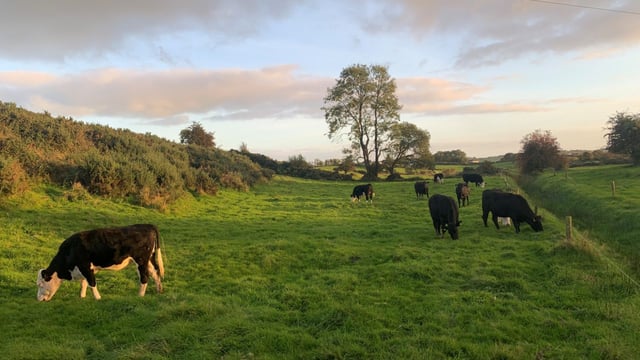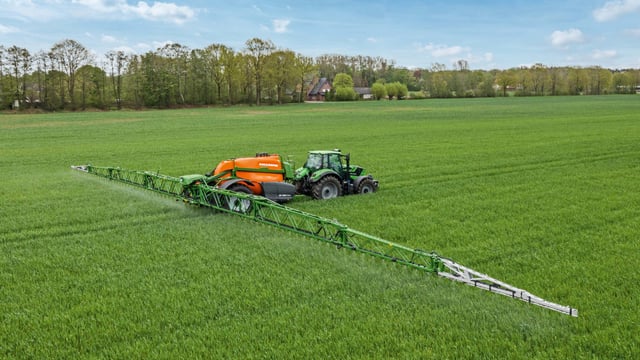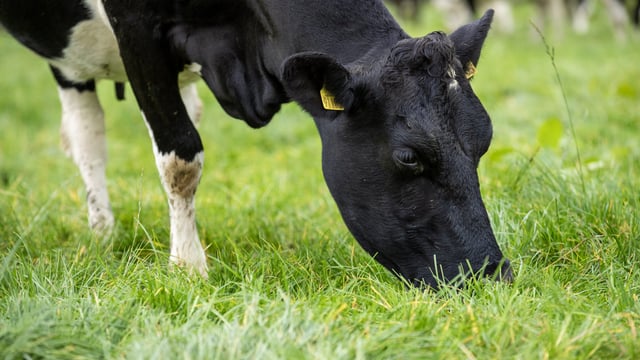Public consultation opens on Glenveagh National Park
The National Parks and Wildlife Service (NPWS) in partnership with Fáilte Ireland, is seeking the public’s views on the development of Glenveagh National Park, Co. Donegal.
Last Thursday, March 13, the Minister for Housing, Local Government and Heritage, James Browne published the draft Glenveagh National Park Visitor Experience Development and Management Plan (VEDMP) for consultation.
The park was first established in 1975, and is now the largest tourist attraction in Donegal, with over 200,000 visitors per year.
According to the NPWS, the aim of the plan is to further develop Glenveagh as an iconic heritage site while ensuring strong sustainable principles and ensuring high-quality visitor services.
The purpose of this consultation is to seek the public’s views on the VEDMP, as well as the Strategic Environmental Assessment, Environmental Impact Report, and Natura Impact Statement.
All the documents are available for public consultation and comment until April 25, and are available for public review in Glenveagh National Park and on the department’s website.
In addition, there will be a dedicated drop-in day with a live presentation at 2:00p.m on Saturday, March 29, 2025.
The VEDMP indicates that the over-arching objective of the plan is to create a sustainable balance between developing Glenveagh as a major visitor destination and conserving and enhancing its natural cultural heritage.
According to the VEDMP, the objective is not to increase visitor numbers per se, but highlights that is it is important to plan for a sustainable increase in numbers and ensure that policies are put in place to manage increases that may occur.
The VEDMP states that its central challenge is balancing the increasing desire for people to visit Glenveagh, with the overriding importance of protecting and conserving the values which give Glenveagh its significance.
The negative impact visitors can have on sensitive ecological environments is acknowledged in the plan, and while it notes that it is critical that the potential negative consequences of visitor impact are "designed out" to effectively avoid detrimental impact on the environment.





